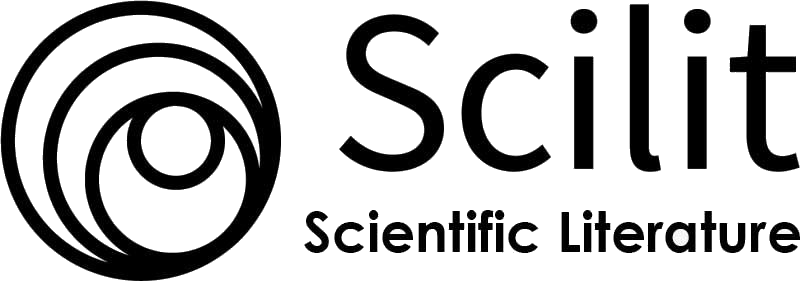Comparing the Effects of Algebra Tiles and Multiplication Frame on Basic Nine Pupils Performance in Binomial Expansion and Factorization of Trinomials
DOI:
https://doi.org/10.58425/jetm.v2i2.186Keywords:
Algebra tiles, multiplication frame/box method, binomial expansion.Abstract
Aim: This study was conducted primarily to compare the effectiveness of two known teaching strategies used in teaching expansion of two linear binomials and factorization of quadratic trinomials. The study employed a quasi-experimental design.
Methods: The study was conducted in three junior high schools in the Upper East Region of Ghana, using 113 pupils as a sample size. A test was used to collect data for this study, and the data was analyzed using analysis of variance (ANOVA).
Results: It was found that the post-test mean score of pupils taught with the multiplication frame was significantly different from the post-test mean score of pupils taught with the algebra tiles and the conventional method, but there was however no significant difference in the mean scores of pupils taught with the algebra tiles and those taught with the conventional approach.
Conclusion: The study concluded that the multiplication frame/box method was more effective than the use of algebra tiles.
Recommendation: The study recommend multiplication frame/box method to be the choice in teaching expansion of two linear binomials and factorization of quadratic trinomials for maximum gains.
References
Basic Education Certificate Examination (2022). Home mock chief examiners’ report for teachers and 2022 BECE candidates. Accra: WAEC press.
Caylan, B. (2018). The effects of using algebra tiles on sixth grade students’ algebra achievement, algebraic thinking and views about using algebra tiles (Master’s thesis, Middle East Technical University).
Chua, B. L. (2017). Empowering learning in an algebra class: The case of expansion and factorization. In EMPOWERING MATHEMATICS LEARNERS: Association of Mathematics Educators 9-29.
De Lima, R. N., & Tall, D. (2006). The concept of equations: What have students met before? International Group for the Psychology of Mathematics Education, 4, 233-247.
Makonye, J. P. (2015). Understanding of grade 10 learners’ errors and misconceptions in elementary algebra. Journal of Educational Studies, 2015(si-1), 288-313.
Matzin, E.S., & Shahrill, M. (2015). A preliminary study of year 7 students’ performance on algebraic concepts. In Pursuit of Quality Mathematics Education for All. Proceeding of the 7th ICMI-East Asia Regional Conference on Mathematics Education, 233-239.
Ministry of Education (Singapore). (2012). O-Level mathematics teaching and learning syllabus. Singapore: Curriculum Planning and Development Division.
Saraswati, S., Putri, R.I.I., & Somakim, S. (2016). Supporting Students’ Understanding of Linear Equations with One Variable Using Algebra Tiles. Journal on Mathematics Education, 7(1). 19-30.
Star, J.R., Foegen, A., Larson, M.R., McCallum, W. G., Porath, J., Zbiek, R. M., …& Lyskawa, J. (2015). Teaching strategies for improving algebra knowledge in middle and high school students. Educator’s Practice Guide. What works Clearinghouse. NCEE 2015-4010. What Works Clearinghouse.
Vilakazi, A. S. (2021). An APOS analysis of the teaching and learning of factorization of quadratic expressions in grade 10 mathematics classrooms (Doctoral dissertation).
West African Examination Council (2000). Chief examiners’ report. Accra: WAEC Press.
West African Examination Council (2002). Chief examiners’ report. Accra: WAEC Press.
West African Examination Council (2004). Chief examiners’ report. Accra: WAEC Press.
West African Examination Council (2007). Chief examiners’ report. Accra: WAEC Press.
Yahya, N., & Shahrill, M. (2015). The strategies used in solving algebra by secondary school repeating students. Procedia-Social and Behavioral Sciences, 186, 1192-1200.
Downloads
Published
How to Cite
Issue
Section
License
The authors retain the copyright and grant this journal right of first publication. This license allows other people to freely share and adapt the work but must give appropriate credit, provide a link to the license, and indicate if changes were made. They may do so in any reasonable manner, but not in any way that suggests the licensor endorses them or their use.










